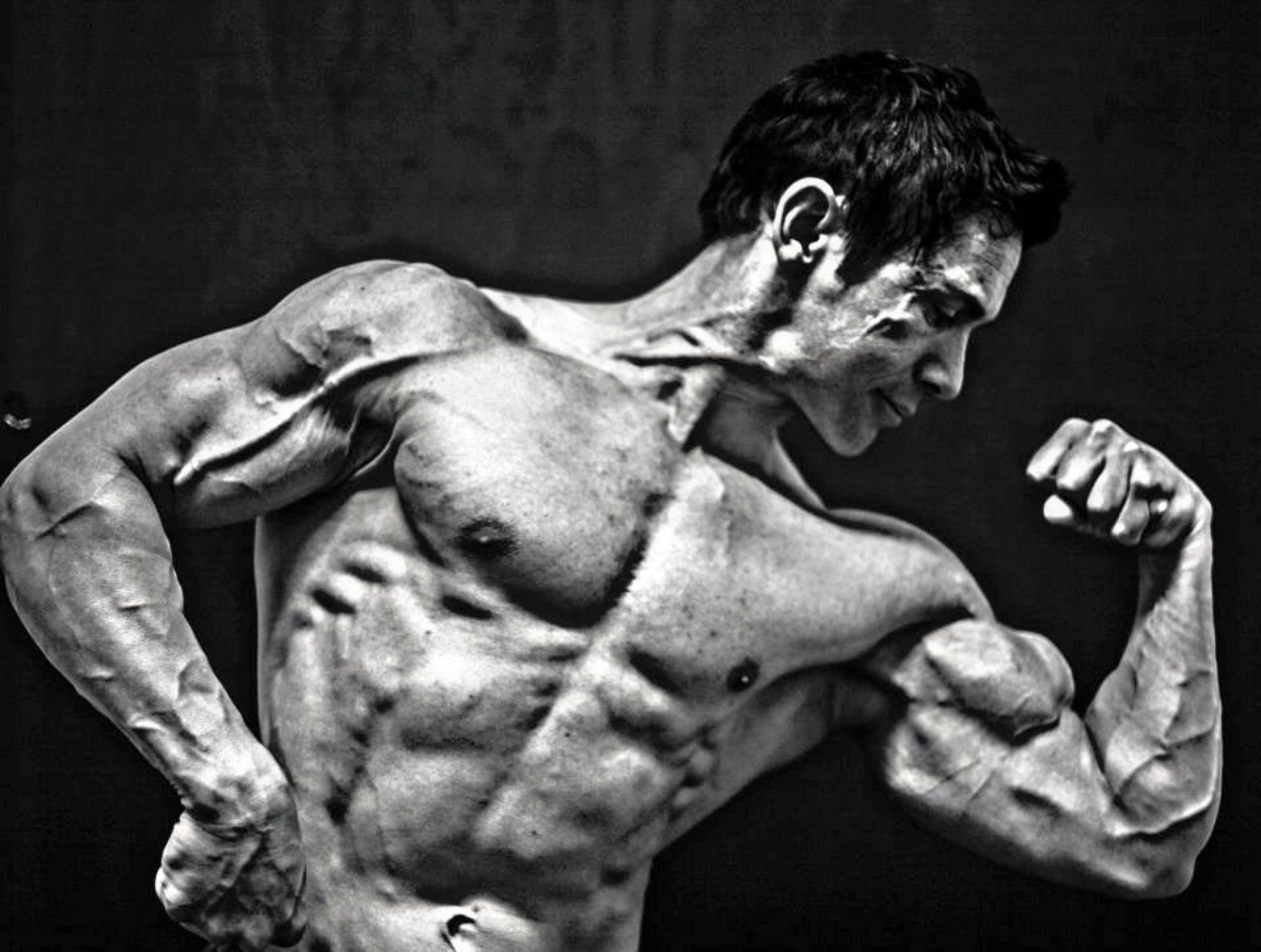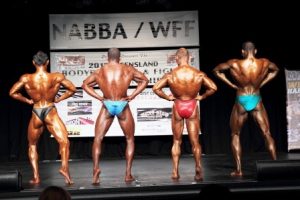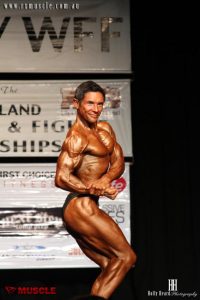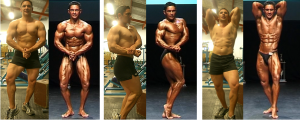At the end of 2006 I began using a diet protocol based on the “The Warrior Diet” that involved under eating during the day and over eating at night. It involved 6-7 meals spread evenly throughout the day with most of the calories eaten in one main meal at night. Along with eating for my blood type (see: eating in line with your blood-type) it finally helped me to achieve the necessary leanness for bodybuilding competition. Although it has been effective for me in the past I wanted to see if I could make dieting easier and to see if I could beat my previous best in terms of conditioning this year. Like they say, “insanity is doing the same thing over and over again and expecting different results”, so I needed to keep learning and experimenting to keep progressing…….
So this year I decided to change things up. From my experience using the Warrior Diet I had always found that I never felt like breakfast and I only really had it because I was scared that if I didn’t I would go into a catabolic state. I decided to research this further and found some positive research supporting the idea of missing breakfast. This led me to find Martin Berkhan’s website on (IF) intermittent fasting- (leangains.com) which is fasting 16 hours and eating 2-3 meals within an 8 hour window. I decided to try this methodology with some minor adjustments to suit my lifestyle and goals; what followed was quite a revelation for me. Immediately I found that I had more energy and began losing body fat at a faster rate than I had ever done before. In less than one month without feeling hungry or losing any strength I have gone from 68.6 kg (1st February) to 64 kg by the 22nd February! I normally lose anywhere between .25 and .5 kg per week so this has been exciting in the fact that; one, body fat loss has seemed effortless and two, it seemed like I wasn’t on a strict diet. The jury is still out on whether I can gain muscle on this protocol so I will discuss my findings in a later article after I have tried manipulating macronutrient ratios and my training regime over a longer period of time. Anyway, here is my current eating plan that I used over February this year;
First meal is around 10-11am, second meal is around 2-3 pm and final meal is around 6-7pm just after training.
Meal 1: 1-2 whey protein shakes+ can of lentils and carrot.
(40-65 grams of protein & 350-450 calories)
Meal 2: 2 x whey protein shakes with 8 caps of fish oil.
(50 grams of protein & 350 calories)
Meal 3: lamb or beef stir fry with heaps of veges!
(60-100 grams of protein and 1000 calories)
Although this goes against everything we normally think would be an ideal dietary plan for a bodybuilder my experience is that sometimes you need to go “outside of the box” to find ways to keep improving and move forward if the “normal” approach just isn’t doing it for you. I am not saying this way of eating would work for everyone, however there may be others out there that have struggled to make progress with a traditional approach and find this way of eating to be right up their alley. If you do decide to give this diet methodology a go ease yourself into it and make sure you are getting enough macro and micronutrients from your diet and supplementation so you can still train hard and function normally outside the gym. At the end of the day if you try something a little different and it works for you then it doesn’t really matter whether it is the “norm” or not don’t you think?




